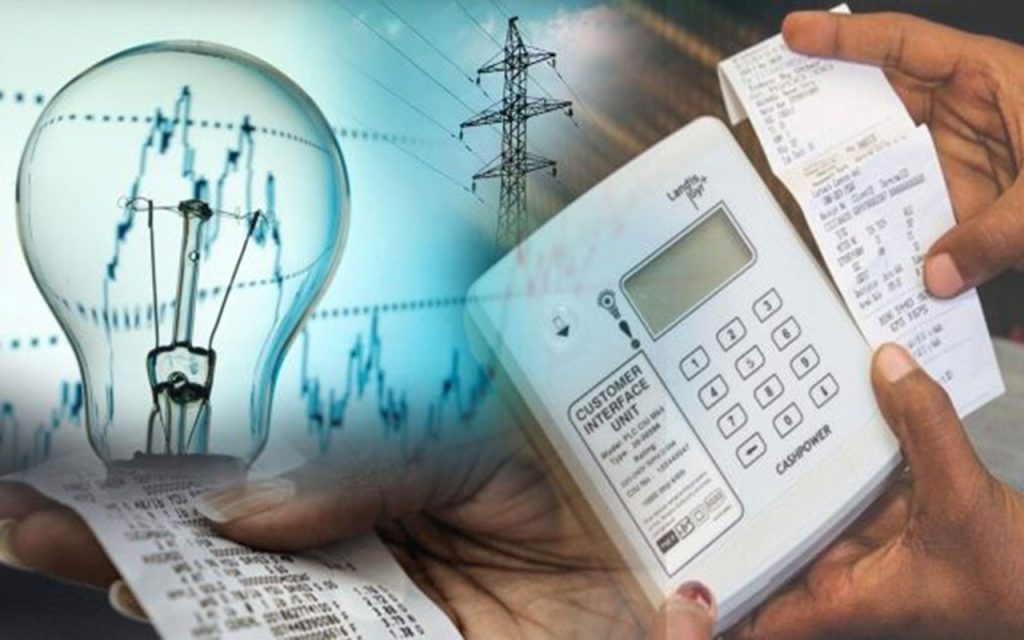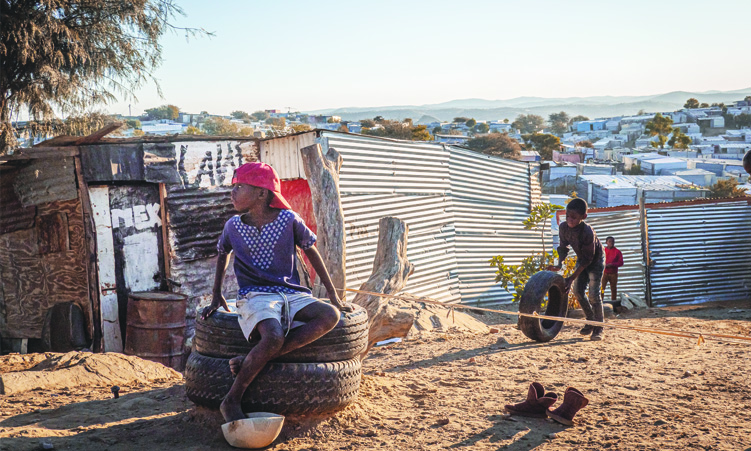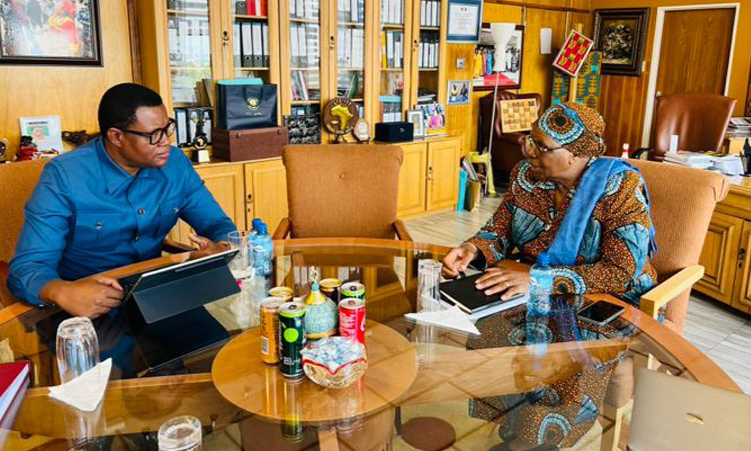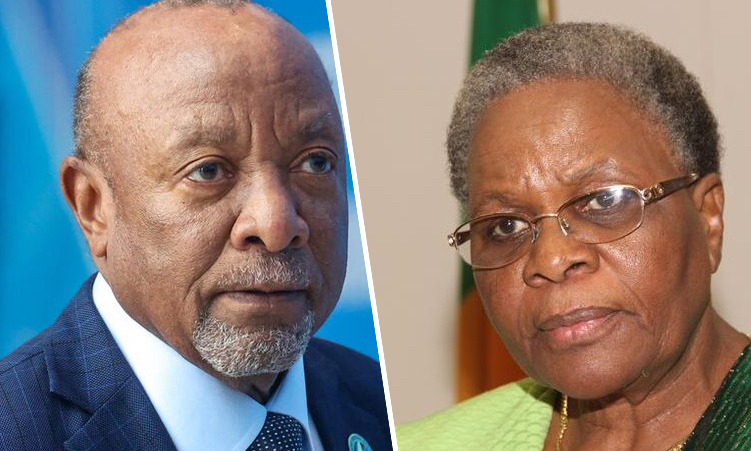Namibians are going to pay between N$2,50 and N$3 per unit of electricity from July, after the Electricity Control Board (ECB) approved an increase in bulk power supply by 8% for the 2024/25 financial year yesterday.
Currently, N$100 buys about 40,2 units of electricity, but the approved increase will see Namibians buying less than 40 units of electricity with the same amount, while poorer households that buy N$50 electricity will now have less than 20 units.
ECB said the decision was taken to prevent regional electricity distributors, local authorities, regional councils and mines from losing money.
Cenored prices will increase by 6%, with Cenored Okahandja increasing by 6,2% and Cenored Omaheke increasing with 1,5%.
Erongo RED asked for a 7,3% increase and 6,6% was approved.
Keetmanshoop Electricity Business Unit will increase with 6,4%, while Oshakati Premier Electric got a 6% approval.
Rehoboth Town Council asked for an 8,9% increase and 6,4% was approved.
Towns in the Erongo region will still continue to pay the highest for electricity.
These new prices will come into effect on 1 July.
Northern Electricity Distributor (Nored) and the City of Windhoek also applied, however, both entities need to meet certain conditions before their new prices can be released.

ECB executive for technical regulation Petrus Johannes says Nored must submit updated financial statements and the City of Windhoek must provide a progress report on their electricity department.
“All distribution utilities must apply for their new prices right after the NamPower bulk electricity price is announced. If they don’t, they might lose money because they will be selling electricity at old prices while buying at new prices,” says Johannes.
According to him, to involve consumers in the price decision process, major distribution utilities held public meetings in various towns from 21 May to 7 June.
He assured that consumers’ feedback on electricity access, affordability and service delivery was considered in the final prices.
Johannes says the ECB ruled that local authorities cannot block pre-paid electricity meters to recover unpaid bills for other services like water.
“They should find other ways to recover debts that follow the law,” he says
IT NEVER RAINS BUT POURS
Economist Omu Kakujaha-Matundu says there is a tough time ahead for consumers already grappling with a biting cost of living and stagnant wages.
“Both consumers and businesses are hard-pressed. Businesses go through hard times, a possible reason why they don’t employ more people, or increase wages. Consumers whose wages have remained stagnant for a long time really feel the effects of inflation,” he says.
He says Nampower should accelerate ways to provide cheaper electricity.
“Should we continue this trend of ever-increasing rates, the consumers will have no choice, but go the Kenyan way,” says Kakujaha-Matundu.

A CATASTROPHE
Economist Josef Sheehama describes the tariff increase as a catastrophe.
“This increase in electricity is a catastrophe and will negatively impact individuals and businesses. Given that the rate of tariff increase exceeds the rate of inflation, pressure is anticipated to be exerted on future inflation and, by extension, on the prices of goods and services,” he says.
Sheehama says the rising cost of electricity is pressuring businesses to reevaluate their workforce and stress test wage increases that could have a big effect on their cash flow.
“These decisions could result in job losses and have a significant effect on Namibia’s economy overall,” he says.

HISTORICAL BACKGROUND
The Namibian considered the electricity costs of 11 towns, of which the most expensive is the Erongo region’s Walvis Bay, where the cost per unit is N$2,85.
Consumers at the harbour town can buy 175,60 units of electricity for N$500 from Erongored.
The most affordable electricity is found at Oranjemund, where residents pay N$1,59 per unit. Residents can buy 504 units for N$800.
The second most expensive town regarding electricity is Okahandja, with N$2,56 per unit. For N$100, residents can obtain 39 units.
This town gets its electricity from the Cenored-Okahandja joint venture.
Keetmanshoop residents pay N$2,54 per unit of electricity. This translates to 39,4 units for N$100.
Like Windhoek, the residents at southern towns get their electricity from municipalities.
At Lüderitz, residents pay N$2,04 per unit, while Aranos residents pay N$2,37 per unit.
The cost per unit for the following towns exclude the latest increases, since they applied late for tariff increases.
Oshakati Premier sells one electricity unit for N$2,43, while Okongo residents pay N$2,38 per unit.
Windhoek residents pay N$2,28 per unit, while Gobabis residents pay N$2,24 per unit.
These prices include vendor fees.
Stay informed with The Namibian – your source for credible journalism. Get in-depth reporting and opinions for
only N$85 a month. Invest in journalism, invest in democracy –
Subscribe Now!






